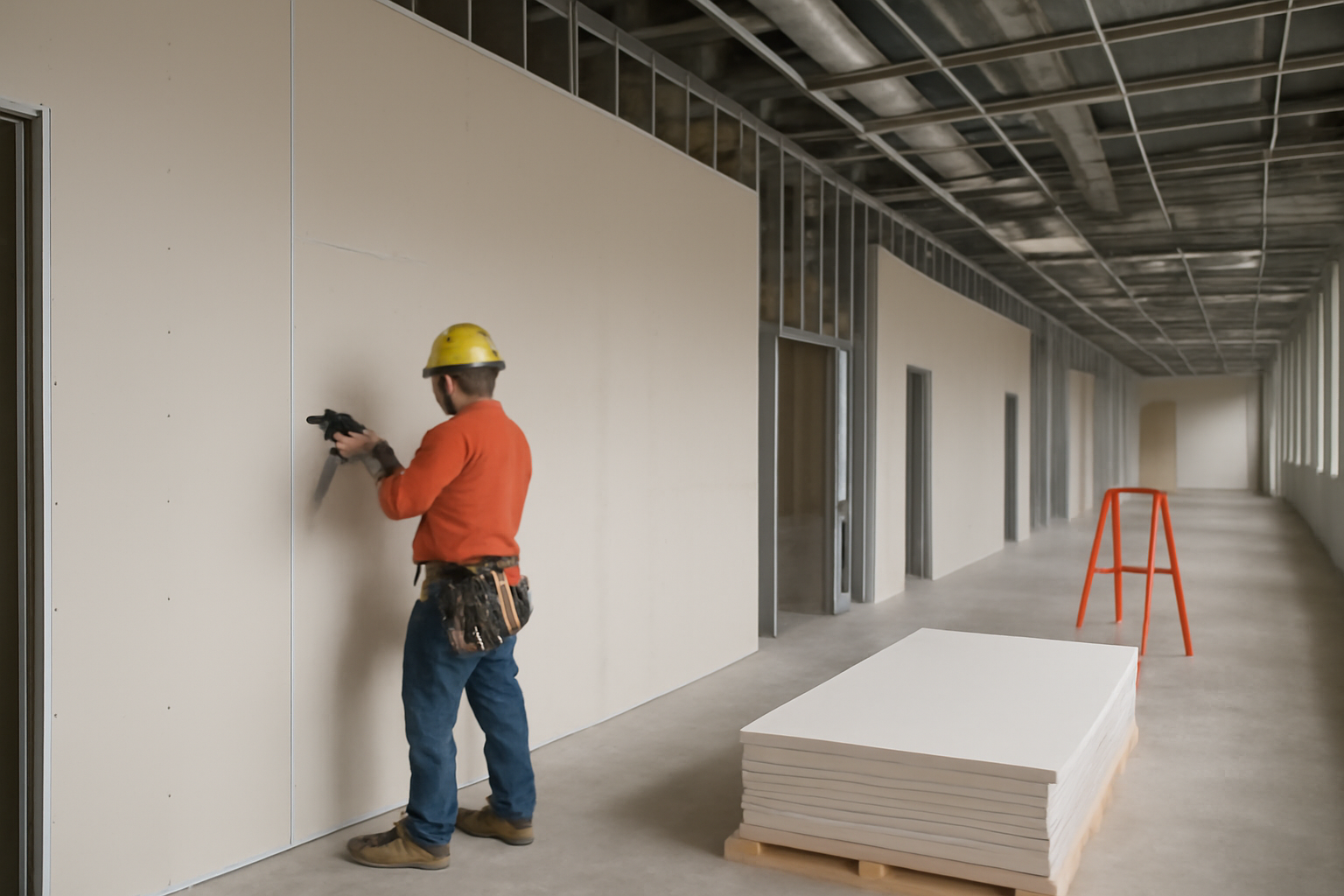
Wall types significantly influence the accuracy and structure of any drywall estimate. For architects, engineers, and general contractors, understanding how variations in wall assembly impact cost, material needs, and labor output is essential to producing realistic estimates that hold up through design iterations and into the field. Not all walls are created equal—yet many estimating practices treat them as such, resulting in cost overruns or misaligned procurement strategies.
Drywall wall assemblies differ in composition, thickness, finish requirements, sound or fire ratings, and structural purpose. Estimating a simple 1-layer partition the same way you estimate a 3-layer fire-rated demising wall is a recipe for error.
The key variables that change with wall type include:
Failing to break out wall types appropriately can lead to generalized estimating, where assumptions average out too high or too low, introducing costly variance as the project proceeds.
One of the most frequent missteps in drywall estimating is grouping multiple wall types under a single budget line. This obscures cost drivers and makes it difficult to reconcile differences between design intent and field execution.
Another issue is relying on square footage alone. While SF metrics are useful, they don’t capture the full complexity of installation. For example, a rated corridor wall with backer board and multiple layers may have the same area as a tenant demising wall but require double the labor and board count.
Modern drywall estimating platforms allow teams to define and track individual wall assemblies throughout design and estimating workflows. These tools automatically connect board quantities, framing conditions, and labor outputs to the specific wall assembly type, giving teams a dynamic and modular way to adjust estimates in response to design development.
By integrating both subjective insights and objective data, estimators gain a clearer picture of where risk lies and where quantity deviations may occur.
With Active Estimating, teams can build estimating templates that classify and store wall types by function, material configuration, and performance spec. This allows for quicker estimate iterations and more transparency when collaborating with design teams, subcontractors, or project owners.
By aligning cost models to the physical characteristics and labor implications of each wall type, project teams can make more informed decisions earlier—before changes become expensive rework.
Wall type assumptions are foundational to drywall cost modeling. Overgeneralization leads to inaccuracies, while well-defined assembly tracking leads to precision and adaptability. As construction complexity increases, so too must the sophistication of how we classify and estimate walls. With structured systems and data-informed strategies, teams can forecast with confidence and reduce risk across the project lifecycle.
Schedule a personalized demo to see how Active Estimating can work for your specific needs.
